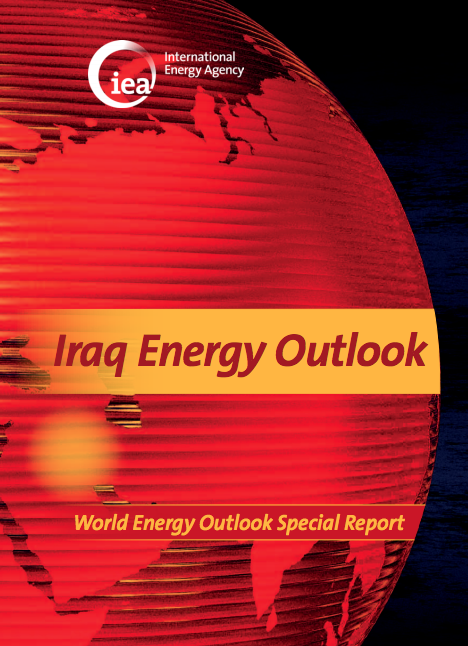This report examines the energy outlook for Iraq, the way in which energy can contribute to the country’s much-needed social and economic development over the coming decades and the way in which Iraq’s energy can affect global oil and gas markets. Chapter 1 sets the scene with an analysis of Iraq’s energy sector today and the role that it plays in the national economy, supported by the best available data on the country’s energy production and consumption. It highlights the multiple challenges facing Iraq’s energy sector as the country recovers from decades of conflict that left much of the existing energy infrastructure either damaged or in a poor state of repair. It looks at the legal and institutional framework for the sector, the way that international companies have been contracted to develop some of the country’s key oil and gas fields, and the issues that remain to be resolved in order to support future growth in production. Chapter 2 assesses the prospects for growth in Iraq’s oil and gas production. It discusses Iraq’s resources, the factors that will affect the way that these are developed and provides detailed projections, broken down by geological basin and major field, for oil and gas output. The outlooks are analysed in terms of the requirement for new wells and drilling rigs, for new infrastructure for transportation, refining and export, and the need for water supply to maintain reservoir pressure. The chapter ends by quantifying the investment required in oil and gas, and assessing the institutional factors that could contribute to a delay in mobilising this investment. Chapter 3 moves on to analyse Iraq’s domestic energy prospects and sets out our projections for energy demand to 2035. It examines in particular the prospects for the power sector, the challenges of restoring an adequate supply of electricity to Iraq’s households and businesses, and the fuel and policy choices, including greater use of natural gas, that can contribute to an efficient future power system. It examines policies on energy pricing, quantifies the cost of subsidies to fossil fuel and electricity consumption, the outlook for the different end-use sectors, buildings, industry and transport, and the impact of Iraq’s energy development on the environment. Chapter 4 sets out the national and global implications of the trends identified in the previous chapters. It looks at the role of energy in the broader context of Iraq’s social and economic development, and the opportunities and risks presented by the large potential for oil export revenues. Building on the earlier assessment of Iraq’s potential as a major energy supplier, it examines the scope for export of Iraq’s oil and gas and the impact and importance of these exports on international markets.
Excerpt from the IEA Report
Please find more from this link: http://www.iea.org/publications/freepublications/publication/WEO_2012_Iraq_Energy_OutlookFINAL.pdf








I need this for homework